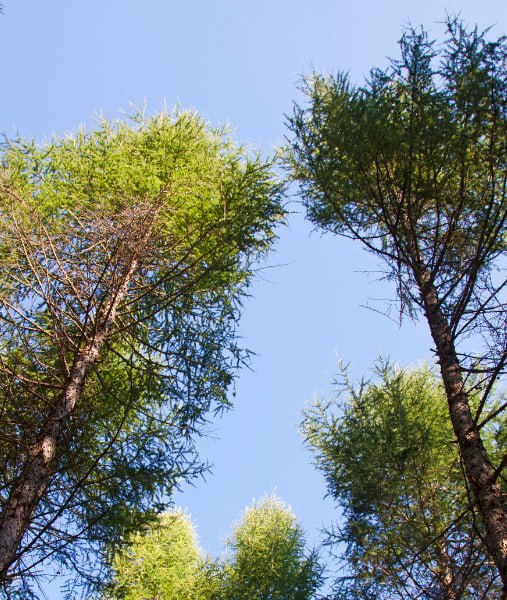
Introduction: Maintaining the beauty and health of your landscape involves various tasks, including pruning and hedge cutting. While these terms are often used interchangeably, they refer to distinct practices that serve different purposes. In this informative blog post, brought to you by Maidstone Tree Care, we’ll explore the differences between pruning and hedge cutting, helping you grasp their unique roles and guiding you on when to employ each technique for the best results.
Pruning: Nurturing Tree and Shrub Health
What is Pruning?
Pruning is the controlled removal of specific branches or stems from trees and shrubs. It’s done to improve the plants’ health, structure, and aesthetics. Pruning addresses various objectives, such as promoting healthy growth, enhancing fruit production, and removing dead or diseased branches.
When to Prune:
- Dead or Diseased Branches: Prune away dead, dying, or diseased branches as soon as they’re identified. This prevents the spread of diseases and pests and allows the plant to focus its energy on healthy growth.
- Shaping and Structuring: Prune to shape the plant’s structure or control its size. This is particularly important for young trees and ornamental shrubs to encourage balanced growth.
- Thinning: Thinning involves removing select branches to improve air circulation and sunlight penetration. This is especially valuable for trees with dense canopies to prevent fungal infections and improve overall health.
- Deadheading: This type of pruning involves removing spent flowers from flowering plants. Deadheading encourages further blooming and maintains a neat appearance.
Hedge Cutting: Forming Well-Defined Barriers
What is Hedge Cutting?
Hedge cutting, often called trimming, involves maintaining hedges or rows of shrubs in a specific shape and size. The primary goal is to create a dense, uniform barrier or decorative element.
When to Hedge Cut:
- Regular Maintenance: Hedges benefit from regular trimming to maintain their desired shape and prevent them from becoming overgrown. The timing varies depending on the hedge type, but generally, it’s done 2-3 times a year.
- Encouraging Bushier Growth: Hedge cutting stimulates new growth, resulting in denser and more compact foliage. This is particularly important for creating thick privacy screens.
- Establishing Boundaries: Hedges are often used as property boundaries or decorative features. Regular cutting ensures they remain well-defined and visually pleasing.
Conclusion: Understanding the distinction between pruning and hedge cutting empowers you to make informed decisions about the care of your landscape. Pruning is about the health and structure of individual trees and shrubs, while hedge cutting focuses on shaping and maintaining hedges as barriers or decorative elements. Maidstone Tree Care is here to provide expert assistance with both practices. Whether you need to rejuvenate a tree’s vitality or sculpt perfectly manicured hedges, our skilled professionals are ready to help you achieve your landscape goals.
Call us on: 01622 234592
Click here to find out more about Maidstone Tree Care
Click here to complete our contact form and see how we can help with your tree’s needs.